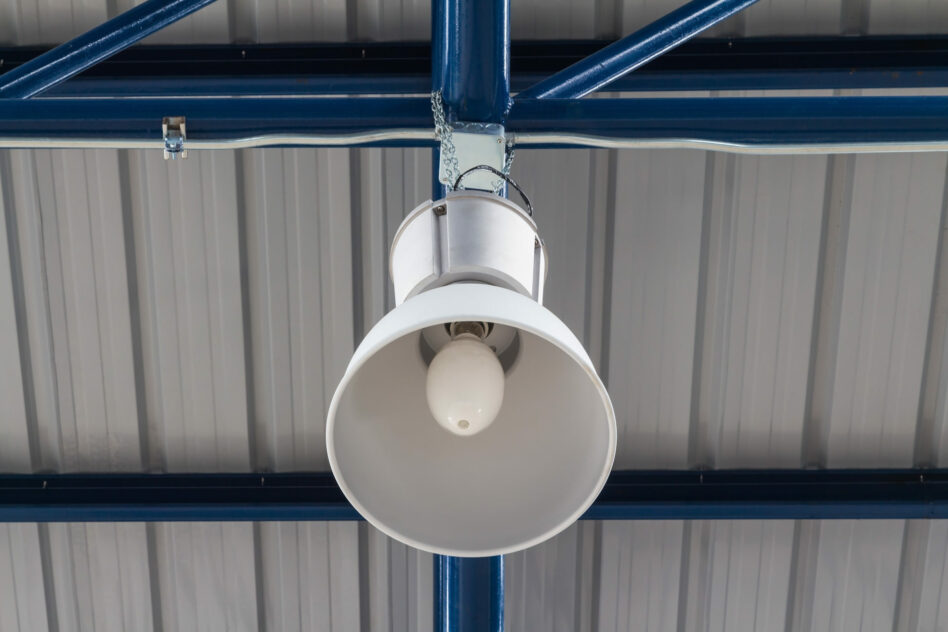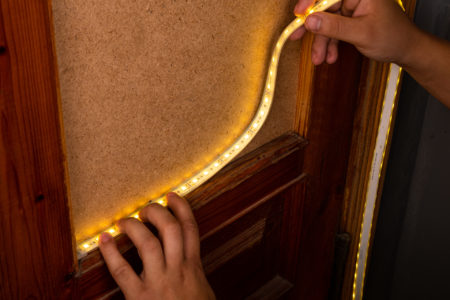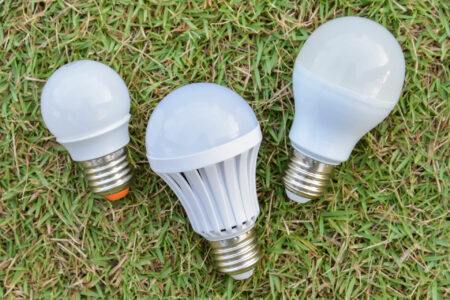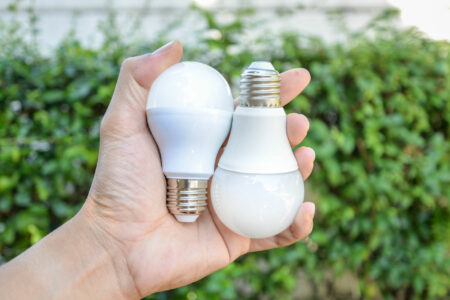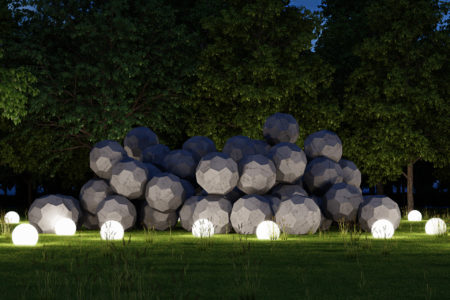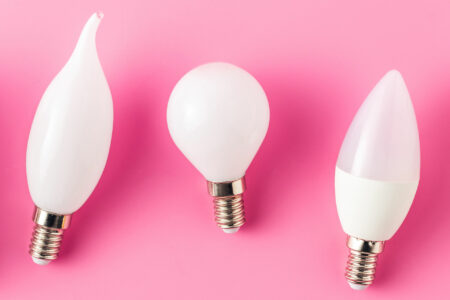Are you tired of dim, yellow lighting? With HID light bulbs installed, you’ll be lighting up the area more vibrantly without much energy consumption. But what is an HID light bulb and how does it work? Allow us to break it down for you!
What Are HID Light Bulbs?
HID simply stands for High-Intensity Discharge. It’s a type of light bulb that uses an electrical discharge between two electrodes to create light. And boy, is it bright!
HID light bulbs can produce up to 3x the light output of a traditional incandescent bulb.
Why Would You Choose an HID Light Bulb?
You might be wondering if it’s that different from regular old light bulbs?
The answer is a resounding yes!
For starters, they’re super energy-efficient. HID light bulbs produce the same amount of light as traditional bulbs using less power.
In addition, they last a lot longer than your standard incandescent bulb, which means you won’t have to replace them as often.
Additionally, they’re an excellent choice for outdoor lighting or large spaces like parking lots or warehouses.
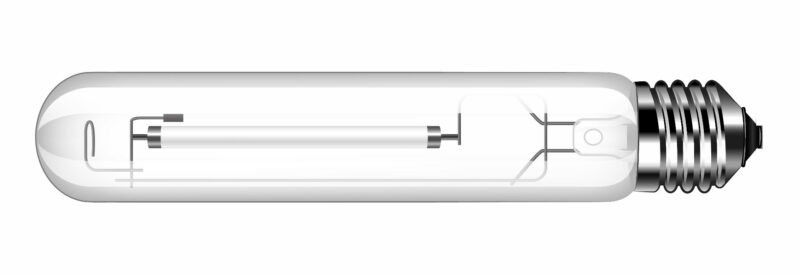
Types of HID Light Bulbs
- Metal Halide (MH): These bulbs produce a bright white light and are often used in outdoor security lighting and indoor track lighting.
- High-Pressure Sodium (HPS): They emit a warm yellow light and are often used in outdoor street lighting and indoor grow lights.
- Ceramic Metal Halide (CMH): These bulbs emit a bright, natural white light and are often used in indoor track lighting and grow lights.
- Mercury Vapor (MV): They emit a bluish-white light and are often used in outdoor security lighting and indoor grow lights.
It’s crucial to note that not all HID bulbs are suitable for household use. Some are designed for outdoor usage or for specific applications such as grow lights.
For example, the Metal Halide variety is so bright that it’ll make the most stubborn of vampires run for the hills. So, it’s good for outdoor security lighting, but not for lighting your bedroom.
Factors to Consider When Buying HID Light Bulbs
There are two main factors to consider when in the market for HID light bulbs: color temperature and beam angle.
HID Light Bulbs and Color Temperature
One thing to keep in mind when choosing HID light bulbs is the color temperature.
The color temperature of a light source is measured in Kelvins (K) and it essentially refers to the color appearance of the light.
It ranges from warm white (2700K) all the way to cool white (6500K).
For example, if you’re looking to light a retail store, you should go for a cooler color temperature (around 4000K) since it will make the colors of the clothes and products look more vibrant and true to life.
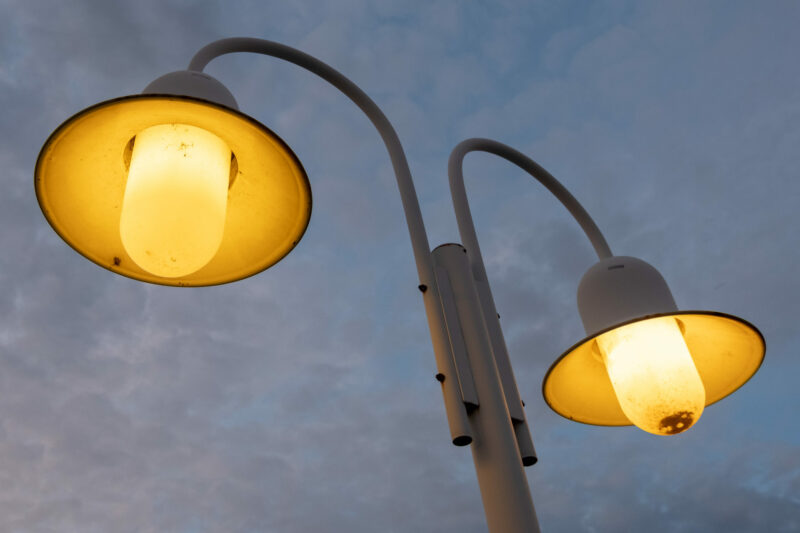
On the other hand, if you’re looking to light a restaurant or a living room, you’ll want to go with a warmer color temperature to create a cozy and inviting atmosphere (around 2700K)
HID Light Bulbs and Beam Angle
Another thing to consider when choosing HID light bulbs is the beam angle. The beam angle in a bulb is like the field of vision for your light.
It ranges from narrow (15-30 degrees) to ultra-wide (360 degrees).
Think of it this way; if you have a lighting bulb with a beam angle of 60 degrees, it’s like having a flashlight with a wide beam; you’ll be able to see a lot more of the room.
If you have a bulb with a beam angle of 30 degrees, it’s like having a flashlight with a narrow beam; there will only be a small area that you can see.
How to Install HID Light Bulbs?
Before you roll up your sleeves, it’s important to know that installing HID light bulbs requires a bit more work than traditional incandescent bulbs.
HID bulbs require a ballast to regulate the electrical current and ignite the bulb. It’s important to choose a ballast that is compatible with the bulb you have chosen.
The following tips will make the process go as smoothly as possible:
- First, gather all the necessary tools. This includes the new HID light bulb, gloves (we’ll explain why in a bit), a screwdriver, and a ladder if you’re installing the bulbs in a high ceiling.
- Next, make sure the power to the light fixture is turned off. This is a crucial step, as you don’t want to get shocked while installing the new bulb.
- Now, it’s time to remove the old bulb. This is where the gloves come in handy, as the old bulb will still be hot if it has been switched on for a while. Gently twist in an anticlockwise direction to remove it.
- Take the new HID light bulb out of the packaging and inspect it for any damage. If everything looks good, it’s time to install the new bulb.
- Cautiously insert the new bulb into the light fixture, making sure that the pins are aligned correctly.
- Now, twist the new bulb clockwise to secure it in place. And that’s it! You’ve successfully installed your new HID light bulb.
- Finally, turn the power back on and enjoy your new, bright, and shiny light!
Disposing of HID Light Bulbs
Unlike incandescent bulbs, HID bulbs can’t be thrown away in your regular trash. Disposing of them can be a little tricky, but with the right approach, it can be a breeze.
Here are the steps you need to take:
- Designate a sturdy bag or box and a “light bulb graveyard” (AKA a safe place to store used light bulbs until ready to be disposed of).
- Next, every time an HID bulb goes faulty, take it to the “light bulb graveyard.”
- Once you have a good amount of used bulbs, you can take them to a recycling center that specializes in disposing of hazardous waste.
